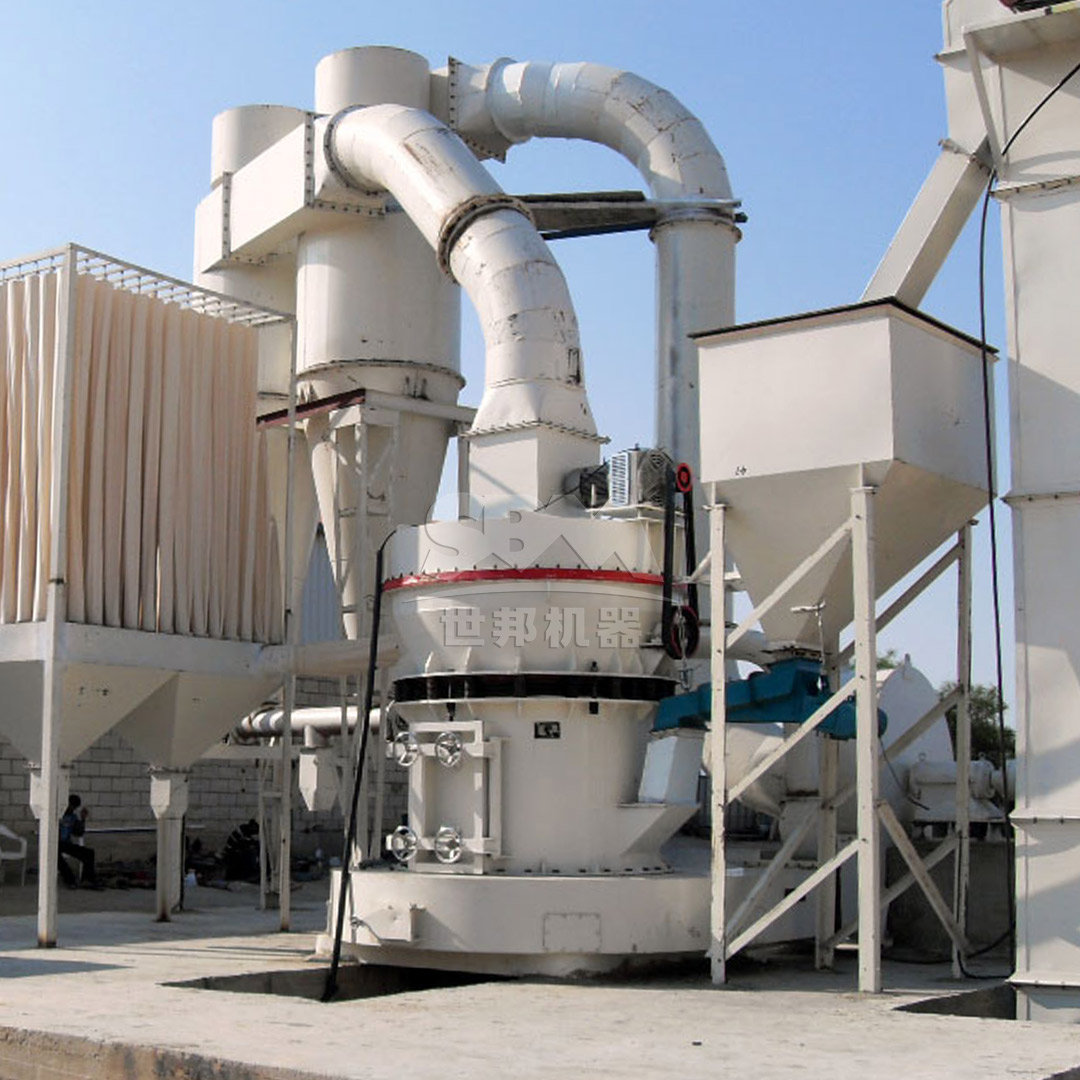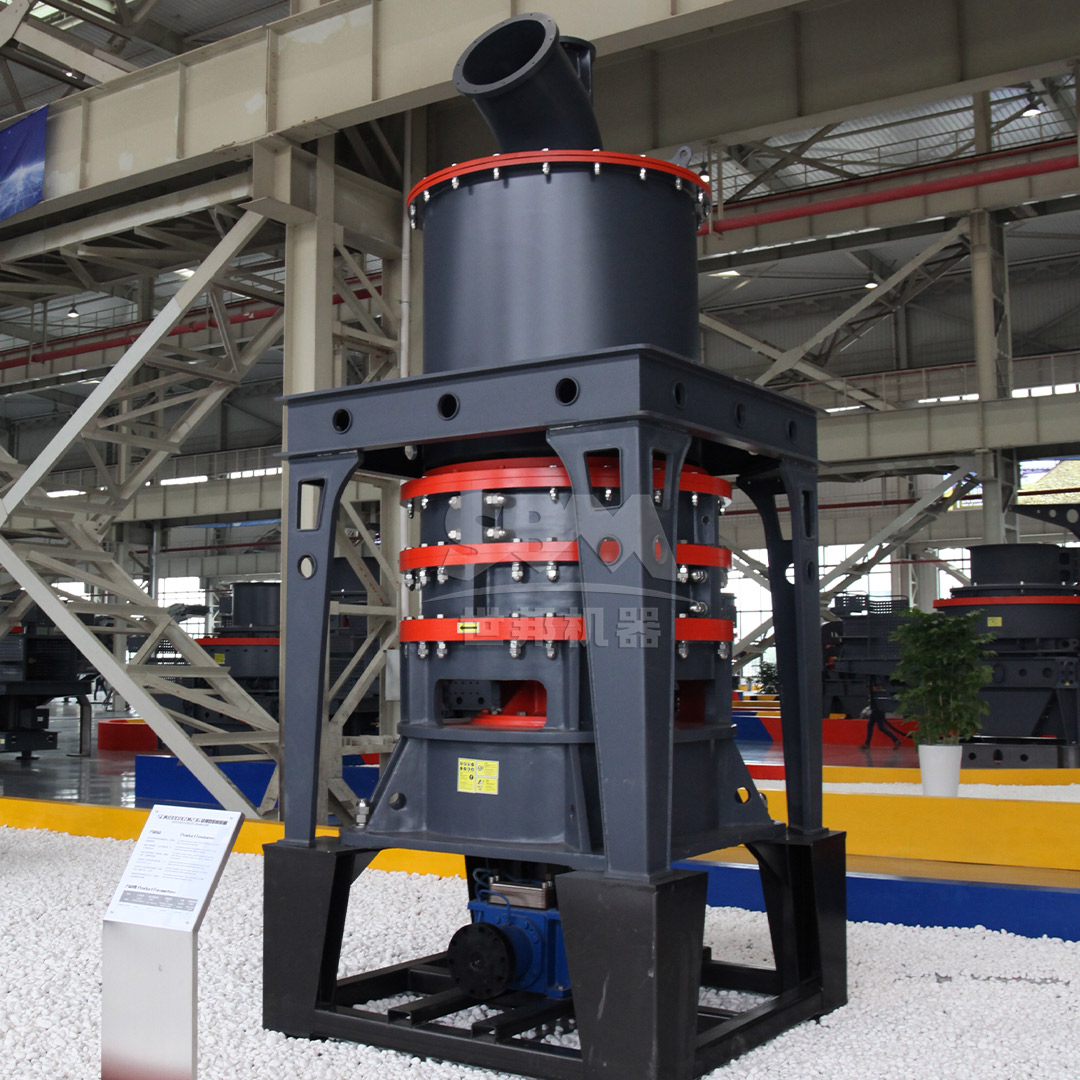The refractory materials industry faces increasing demands for higher quality, improved efficiency, and reduced environmental impact. At the heart of modern refractory production lies the critical process of material size reduction, where roller mill technology has emerged as a transformative solution. This comprehensive analysis explores how advanced roller mill systems are revolutionizing refractory material processing through superior grinding efficiency, precise particle size control, and sustainable operational practices.
Refractory materials demand exceptional control over particle size distribution, as this directly impacts the final product’s thermal stability, mechanical strength, and resistance to chemical corrosion. Traditional grinding methods often struggle to achieve the consistent fine particle sizes required for high-performance refractories, particularly for advanced applications in steelmaking, cement production, and high-temperature processing industries.
The particle size distribution affects multiple aspects of refractory performance:
| Particle Size Range | Impact on Refractory Properties | Optimal Application |
|---|---|---|
| Coarse (1-3mm) | Structural framework, thermal shock resistance | Basic furnace linings |
| Medium (45-150μm) | Packing density, strength development | Standard refractory bricks |
| Fine (5-45μm) | Sintering behavior, surface finish | High-performance ceramics |
| Ultrafine (<5μm) | Reactivity, bonding strength | Specialized coatings and castables |
Conventional ball mills and hammer crushers present significant limitations in refractory material processing. These include inconsistent particle size distribution, high energy consumption, excessive wear part replacement costs, and environmental concerns related to dust emissions and noise pollution. The hard, abrasive nature of refractory raw materials such as alumina, zirconia, and silicon carbide accelerates equipment wear while demanding precise control over the final product specifications.

Modern roller mill systems have evolved to address the specific challenges of refractory material production. These advanced grinding systems employ multiple grinding principles including compression, shear, and impact forces to achieve superior size reduction with minimal energy input.
The latest generation of roller mills incorporates several critical innovations that make them particularly suitable for refractory applications. Advanced hydraulic systems provide consistent grinding pressure regardless of material hardness variations, while intelligent control systems automatically adjust operational parameters to maintain optimal performance. Wear-resistant materials in grinding components significantly extend service life when processing abrasive refractory compounds.
Modular design approaches allow for quick replacement of wear parts, minimizing production downtime. Integrated classification systems ensure precise particle size control without the need for external screening equipment. These technological advances collectively contribute to higher productivity, better product quality, and reduced operational costs in refractory manufacturing.
For manufacturers requiring the finest particle sizes for specialized refractory applications, the SCM Ultrafine Mill represents the pinnacle of grinding technology. This advanced system achieves remarkable fineness levels of 325-2500 mesh (D97≤5μm), making it ideal for high-performance refractory materials where ultrafine particles enhance sintering characteristics and final density.
| Model | Processing Capacity (ton/h) | Main Motor Power (kW) | Output Fineness (mesh) | Recommended Application |
|---|---|---|---|---|
| SCM800 | 0.5-4.5 | 75 | 325-2500 | Laboratory & small batch production |
| SCM1000 | 1.0-8.5 | 132 | 325-2500 | Medium-scale specialty refractories |
| SCM1250 | 2.5-14 | 185 | 325-2500 | Standard production lines |
| SCM1680 | 5.0-25 | 315 | 325-2500 | Large-volume manufacturing |
The SCM series incorporates a vertical turbine classifier that enables precise particle size切割, eliminating coarse powder contamination in the final product. Its unique grinding chamber design features bearing-free screws that enhance operational stability when processing hard refractory materials. With energy consumption 30% lower than conventional jet mills and capacity twice that of equivalent systems, the SCM Ultrafine Mill delivers both economic and technical advantages for refractory producers.

When processing challenging refractory materials such as fused alumina or silicon carbide, the SCM Ultrafine Mill demonstrates exceptional performance. The special material composition of grinding rollers and rings provides extended service life—typically several times longer than conventional mills. The intelligent control system automatically monitors and adjusts for optimal product fineness, while the pulse dust collection system exceeds international environmental standards with operational noise levels below 75dB.
For large-scale refractory production requiring consistent medium-fine powders, the MTW Series Trapezium Mill offers an optimal balance of capacity, efficiency, and reliability. With processing capabilities ranging from 3-45 tons per hour and output fineness adjustable between 30-325 mesh, this robust system handles the diverse requirements of commercial refractory manufacturing.
The MTW series incorporates several patented innovations specifically beneficial for refractory processing. The anti-wear shovel blade design significantly reduces maintenance costs when processing abrasive materials, while the curved air channel optimization minimizes energy losses and improves material transport efficiency. The integrated cone gear transmission achieves remarkable 98% efficiency, reducing both energy consumption and installation costs.
Refractory manufacturing facilities benefit from the MTW series’ combination of high throughput and precise particle control. The wear-resistant volute structure eliminates flow resistance, enhancing air classification efficiency while reducing maintenance requirements by approximately 30%. Multiple models accommodate various production scales, from the compact MTW110 at 3-9 tons/hour to the high-capacity MRN218 handling 15-45 tons/hour.
The grinding principle—utilizing centrifugal force to create material beds between grinding rollers and rings—ensures efficient comminution with minimal energy expenditure. This makes the MTW series particularly suitable for processing common refractory raw materials including bauxite, magnesite, and chrome ore at industrial scales.
Modern roller mill technology addresses two critical concerns in refractory manufacturing: energy consumption and environmental impact. Compared to traditional ball mills, advanced roller mills typically reduce energy requirements by 30-40%, representing significant operational cost savings while supporting sustainability initiatives.
| Grinding Technology | Specific Energy Consumption (kWh/ton) | Noise Level (dB) | Dust Emissions (mg/m³) | Wear Part Lifetime (hours) |
|---|---|---|---|---|
| Traditional Ball Mill | 45-60 | 95-105 | 50-100 | 800-1,200 |
| Hammer Crusher | 35-50 | 90-100 | 80-150 | 400-800 |
| SCM Ultrafine Mill | 25-35 | ≤75 | <20 | 3,000-5,000 |
| MTW Trapezium Mill | 20-30 | ≤80 | <20 | 2,500-4,000 |
Environmental performance extends beyond energy efficiency. Advanced dust collection systems in modern roller mills achieve emission levels below 20mg/m³, significantly outperforming regulatory requirements. Noise reduction technologies, including soundproofing chambers and vibration damping systems, create safer working environments while minimizing community impact.

Successfully integrating advanced roller mill technology into refractory production requires careful planning and execution. Manufacturers should consider several key factors when upgrading their grinding operations, including material characteristics, production volume requirements, product specifications, and existing infrastructure.
Choosing the appropriate roller mill system depends on multiple technical and operational considerations. For ultra-fine refractory applications requiring precise particle size control below 10μm, the SCM Ultrafine Mill provides unmatched performance. For high-volume production of standard refractory grades with fineness between 30-325 mesh, the MTW Series Trapezium Mill offers superior economics and reliability.
Additional selection factors include available space, utility infrastructure, automation requirements, and maintenance capabilities. Modern roller mills typically require less floor space than equivalent ball mills while offering higher levels of automation and remote monitoring. The modular design of advanced systems facilitates installation and future expansion.
The evolution of roller mill technology continues to address the changing needs of the refractory industry. Emerging trends include increased digitalization with IoT connectivity for predictive maintenance, advanced material science for even more durable wear components, and hybrid systems that combine multiple grinding principles for optimal efficiency.
Artificial intelligence and machine learning applications are beginning to transform refractory grinding operations. These technologies enable real-time optimization of grinding parameters based on material characteristics and desired product specifications, further enhancing consistency and efficiency. The integration of advanced sensors and data analytics allows for unprecedented visibility into the grinding process, facilitating continuous improvement and quality assurance.
Future developments in roller mill technology will increasingly focus on sustainability applications, including the processing of recycled refractory materials. The precise particle control offered by advanced systems enables manufacturers to incorporate higher percentages of reclaimed refractories without compromising product quality. This supports circular economy initiatives while reducing raw material costs and environmental impact.
Advanced roller mill technology represents a fundamental improvement in refractory material production, offering substantial benefits in efficiency, product quality, and environmental performance. The SCM Ultrafine Mill and MTW Series Trapezium Mill exemplify how modern grinding systems can transform refractory manufacturing operations through precise particle control, reduced energy consumption, and enhanced operational reliability.
As refractory applications become more demanding and environmental regulations more stringent, the adoption of advanced roller mill technology will continue to accelerate. Manufacturers who invest in these systems position themselves for long-term success through improved product quality, reduced operating costs, and enhanced sustainability credentials. The future of refractory production lies in embracing these technological advancements to meet the evolving challenges of high-temperature material applications.